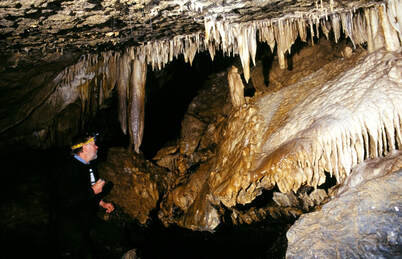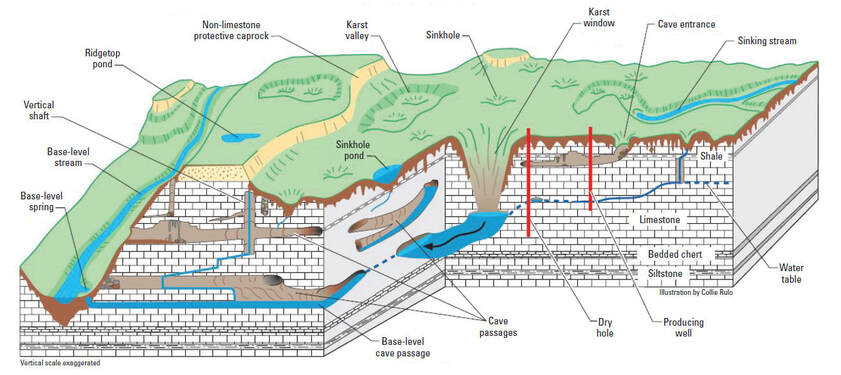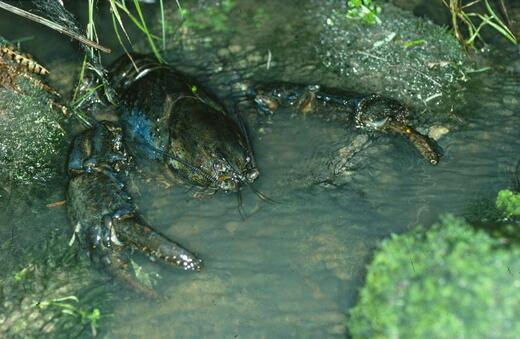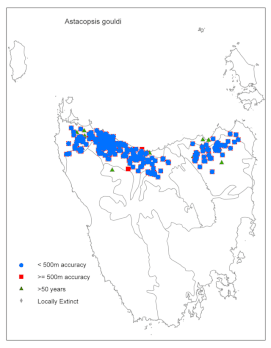WHAT IS A KARST SYSTEM?
Running underground the Loongana Valley is a Karst System and the risks to it are many and varied with wide repercussions for the Leven River Catchment.
Karst systems are fragile environments and for this reason Len and Pat Doherty have protected their property both State and Federally to ensure the habitat is protected from activities that can degrade the cave fauna it contains, some only found in the Loongana Karst. |
A Karst is a distinctive topography in which the landscape is largely shaped by carbonate bedrocks (usually limestone, dolomite, or marble) dissolving slowly over a long time. It is characterised by underground aquifers containing groundwater, drainage systems with sinkholes and caves.
When water enters a karst from rain or surface runoff it runs through the rocks very quickly to the underground aquifers, and from there it can move very rapidly over long distances and through usually unknown paths. The presence of springs seen around the Valley are probably part of this large underground karst system.
When water enters a karst from rain or surface runoff it runs through the rocks very quickly to the underground aquifers, and from there it can move very rapidly over long distances and through usually unknown paths. The presence of springs seen around the Valley are probably part of this large underground karst system.
‘The integrity of any karst system depends upon an interactive relationship between land, water and air. Any interference with this relationship is likely to have undesirable impacts, and should be subjected to thorough environmental assessment’. |
Water entering a karst by-passes the usual filtration associated with soils, sand and porous bedrock, so if water entering the karst is compromised by herbicides, land disturbance or the removal of vegetation, pollution can spread quickly and very directly over vast distances. This means this unfiltered water can pollute dams, creeks, rivers and flow into catchments. This has the potential to adversely impact wildlife, especially aquatic vegetation and organisms.
Loongana Valley is the home to the Giant Freshwater Crayfish Astacopsis gouldi the largest freshwater crayfish in the world. The Leven River tributaries offer important breeding locations.
|
More than in any other landscape, a total catchment management regime must be adopted in karst areas. Activities undertaken at specific sites may have wider ramifications in the catchment due to the ease of transfer of materials in karst. |
For this reason the catchment boundaries that require protecting need to extend beyond the Karst system itself. SOLVE is very concerned by the continued logging of native forests in the Loongana region and alarmed that Tasnetworks/UPC are continuing investigations to run a transmission line through the valley. We cannot see how a 60-90 wide easement running right over the Karst can be cleared and managed in a way that is not detrimental to entire system and Leven River catchment.
For more information on the management of Karst Systems head to DPIWE.
For more information on the management of Karst Systems head to DPIWE.




